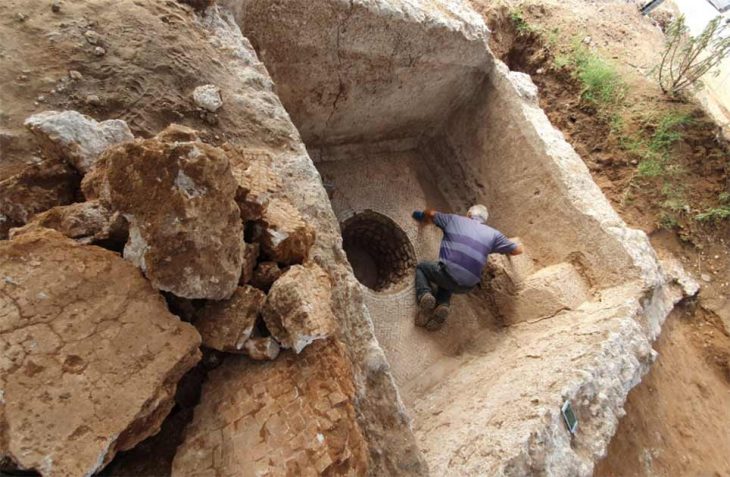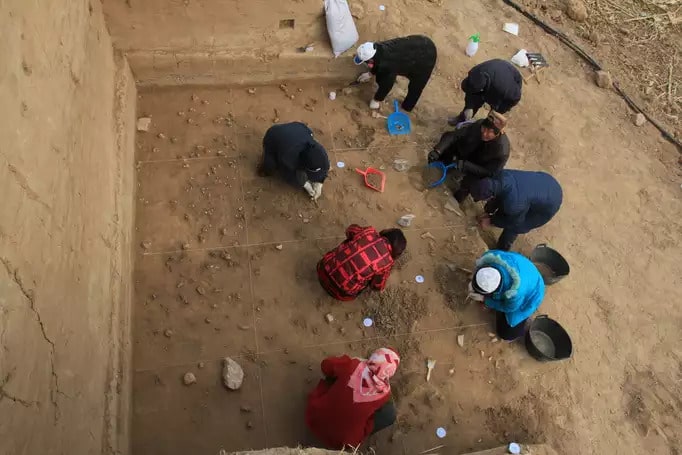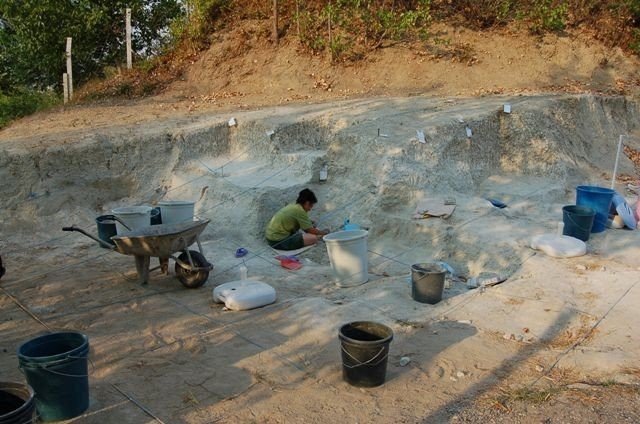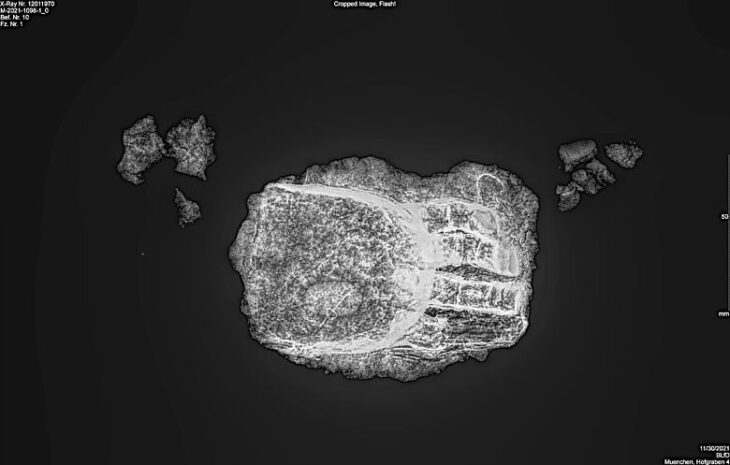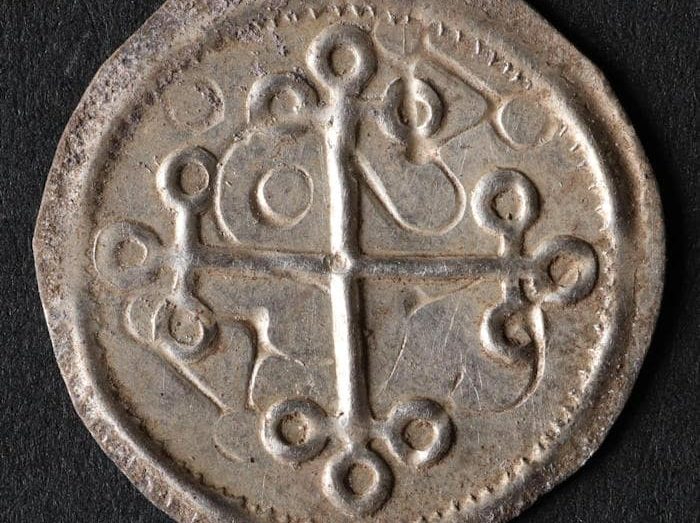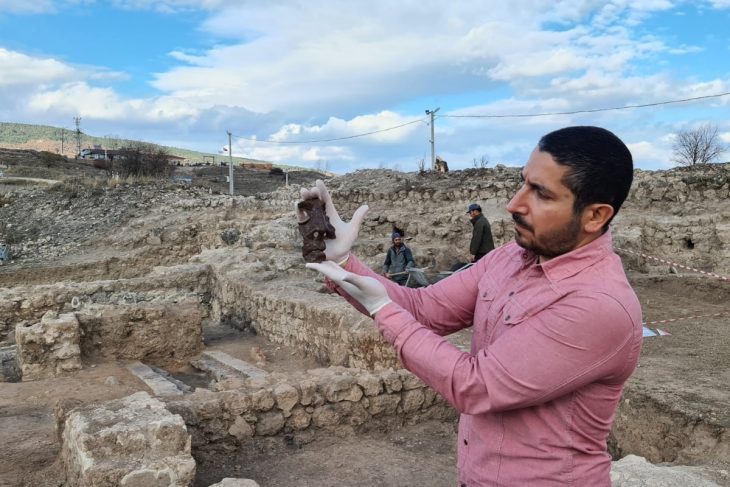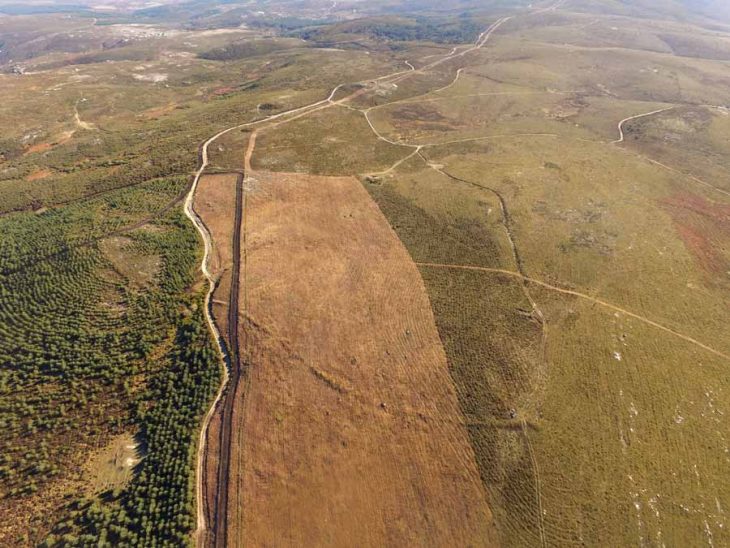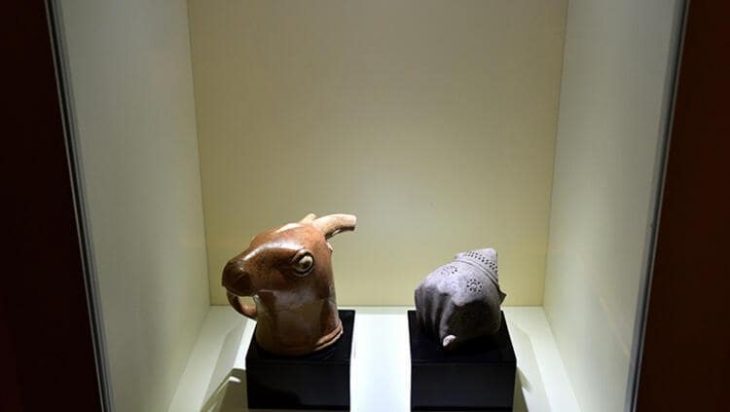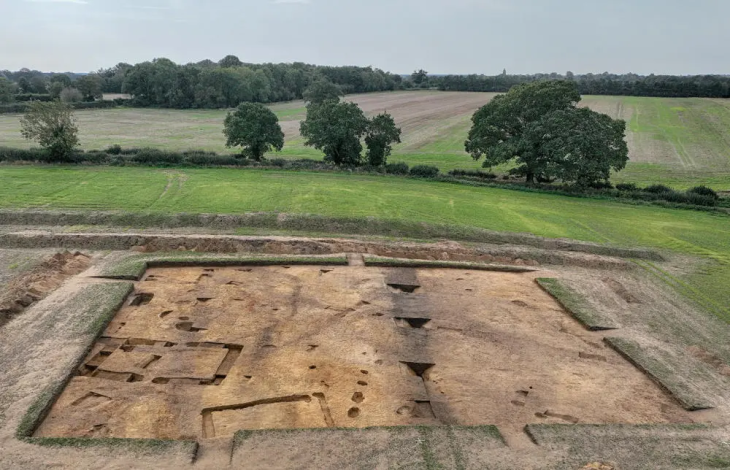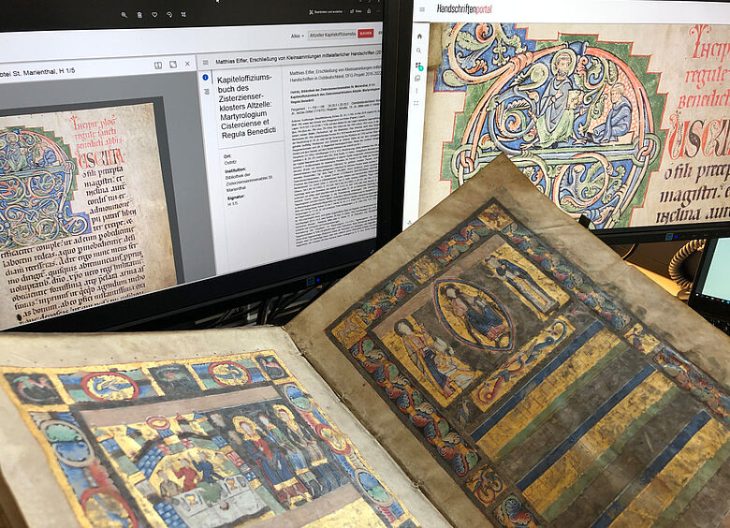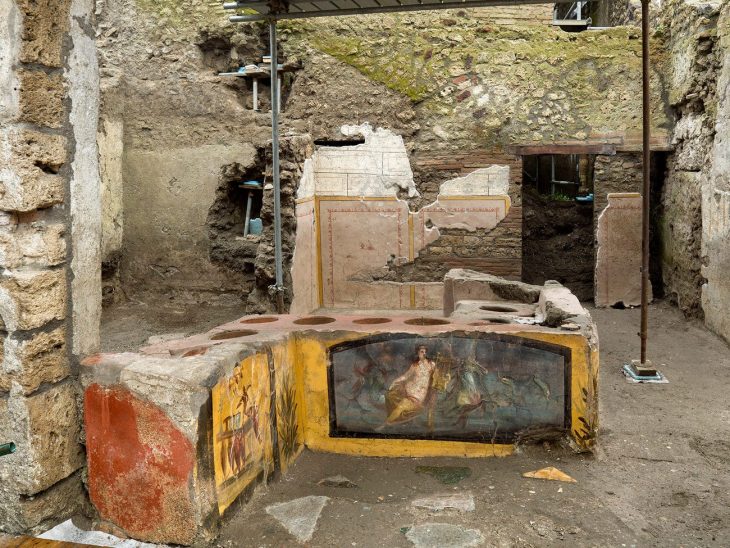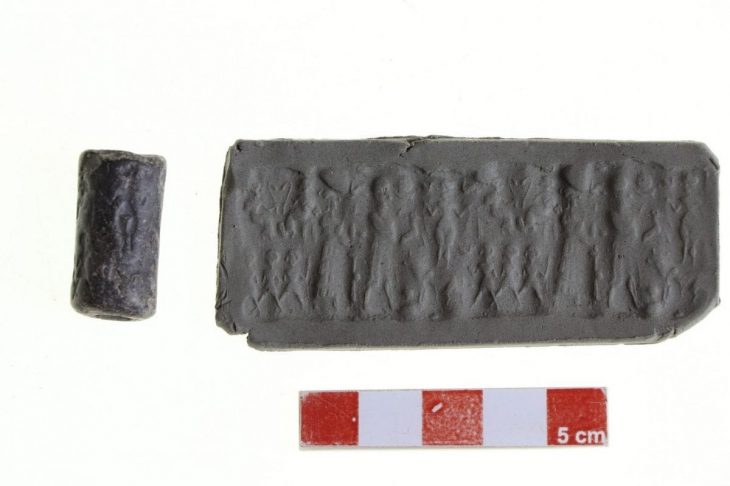Archaeologists in Iceland recently excavated a farm believed to belong to the legendary Viking woman Gudrid Torbjörnsdottir. She is believed to be the first European woman to cross the Atlantic.
According to the Icelandic pedigree, Gudrid Torbjörnsdotter was one of the greatest sailors of the Middle Ages, along with more famous male Vikings such as Erik the Red and Leif Eriksson.
“It came as a surprise to find unknown, buried Viking buildings,” archaeologist Douglas Bolender told Swedish national broadcaster SVT.
For more than a decade, a group of Icelandic and North American researchers has tried to map the entire Skagafjörður. Skagafjörður is located in northern Iceland, and it is believed that many Vikings live in this area. Gudrid’s farm is adjacent to two cemeteries dating back to the 1000s.
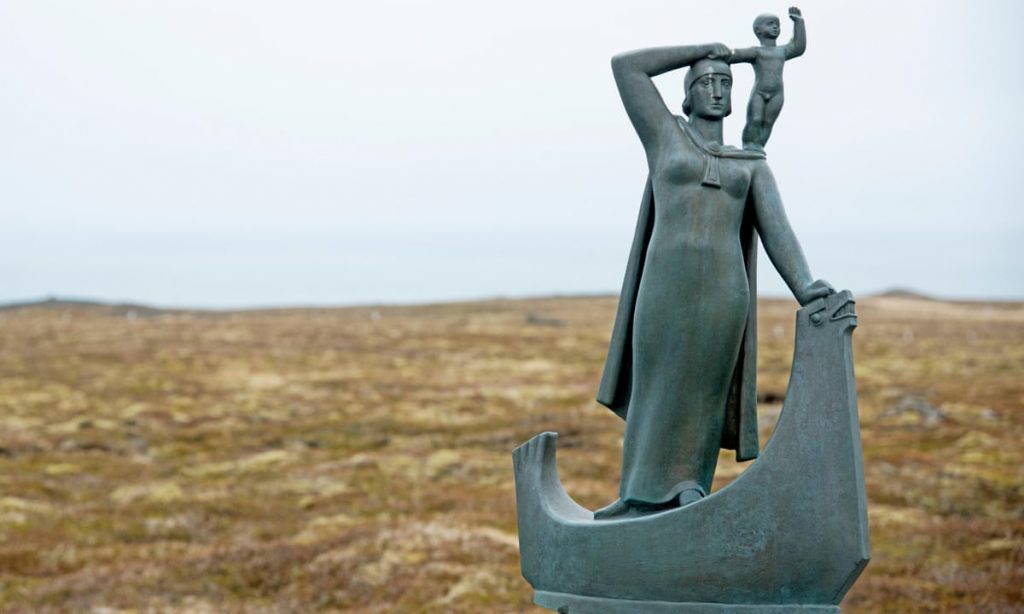
“The most is fully visible, a farmhouse that lies in ruins. But here so many layers of soil have been deposited in the lowlands that you see nothing but fields,” archaeologist Douglas Bolender explained.
Gudrid Thorbjarnardóttir was, according to the Icelandic sagas, one of the greatest sailors of the Middle Ages, alongside the more famous male Vikings such as Erik the Red and Leif Eriksson. Appears in the Erik the Red Saga and the Greenlander Saga, known as the Vinland Saga. She and her husband Thorfinnur Karlsefni led an expedition to Vinland, where their son Snorri Thorfinnsson was born, considered the first European born in the Americas outside Greenland. In Iceland, the Gudrid is known as “wide-fared”.
– It is remembered in fairy tales but does not live after the 13th century. I think it’s because the expeditions are in the hands of the leading men. When Europe becomes a global superpower, the Gudrid runs out of room and it is forgotten. Would it be the same if he was a man? Probably not, says Bo Eriksson.
Gudrid later converted to Christianity and made a pilgrimage to Rome. Upon arrival, she became a nun and lived as a hermit in the local church. Today, however, there are several statues of her in Iceland and in Canada.



